
In JPM, we do not take hygiene for granted. This is why we distribute a powerful cleaning aid just for you. Introducing the super-oxidized and pH-neutralized water-based solution called the Sani-Aid Sterilizer, which will definitely help you in keeping your place clean and germ-free.
Here is a case explaining how safe hypochlorous acid is. For instance, even if a person gets a small injury, the bacterial infection does not occur fast, due to the sterilization action of the hypochlorous acid and the active oxygen generated by leukocytes inside the human body. Also, to stay healthy, it is important for humans to keep a certain level of pH inside the body. It is said that if the pH collapses, the human body gets sick easily.
Hypochlorous acid in the human body is in fact generated in such a narrow range of pH, just around ± 0.05. This stabilized pH level of the hypochlorous acid makes it possible to be generated artificially. And this substance, as safe as it can be to the human body, is what you can find in the Sani-Aid Sterilizer.
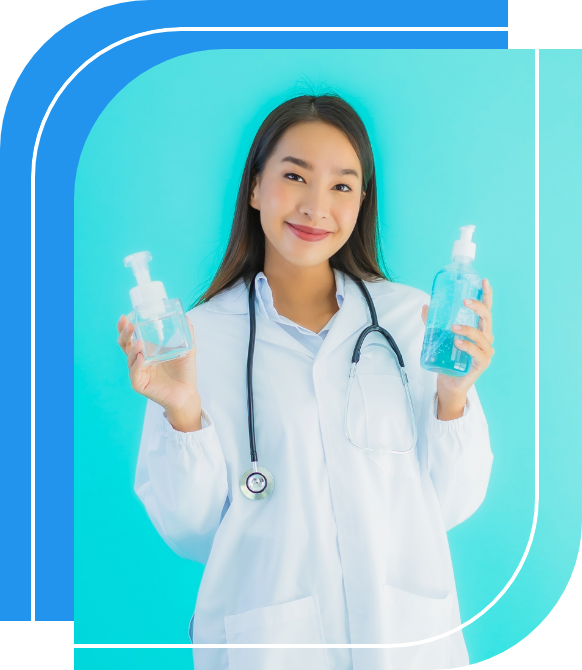


Sterilization Effect
Sani-Aid Sterilizer promotes the decomposition of bacteria and viruses from the root cause. It is proven effective to kill 99.9 percent of germs, including the highly contagious Norovirus, which causes gastroenteritis.
Deodorization Effect
The Sani-Aid Sterilizer can also remove, not only bacteria and viruses, but also the root cause of tough odor and unpleasant smells. It is proven to eliminate tobacco, shoes, toilet, and even vomit odors without using artificial smells.
Safety
Having proven its strength, how safe can Sani-Aid be for the human body? As discussed earlier, JPM’s Sani-Aid, though artificially-generated, has been created with the same qualities as the natural hypochlorous acid, making it organic as ever.
Because of the proven natural strength and safety of Sani-Aid Sterilizer, it is a proven partner against germs in different spaces that need security and comfort. Because of its versatile nature, it can be used for wiping surfaces, spraying into open air or putting directly onto your skin.




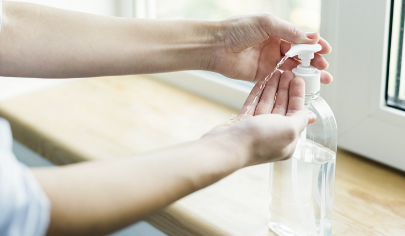
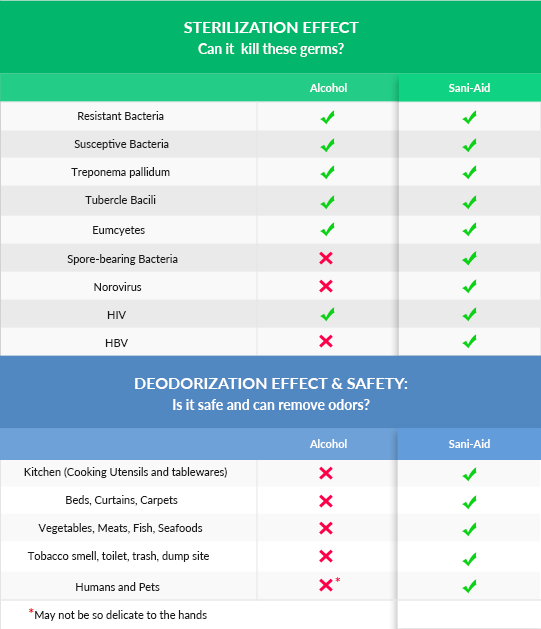

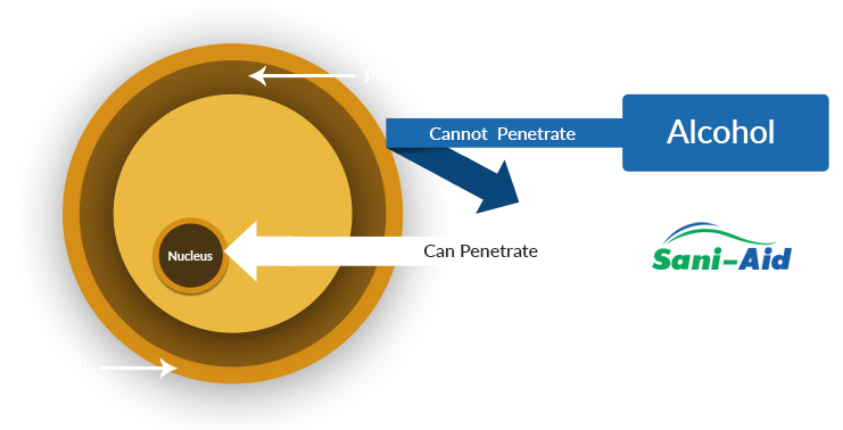
The artificial sodium hypochlorite has a high acidity or pH level, making it unable to permeate the lipid bilayer of the plasma membrane of the bacteria and viruses. However, the Sani-Aid has a stabilized hypochlorous acid, having a neutral value of 6.5 ± 0.5, which is almost similar to the human body. Because of this, the hypochlorous acid of Sani-Aid can get pass through the plasma membrane and into the nucleus of bacteria and viruses. This makes it 99.9% effective in disinfecting your area.



Shown in the image is the toxicity and sterilization spectrum of common substances used in different kinds of cleaning. As you can see, the artificial sodium hypochlorite belongs to the spectrum that has high sterilization power but high toxicity level, making it bad for the human skin.
JPM stabilized the pH level of this artificial substance to create the hypochlorous acid of the Sani-Aid Sterilizer, which has a high sterilization power, but ultimately low toxicity level. This makes our product the safest disinfectant there had ever been.
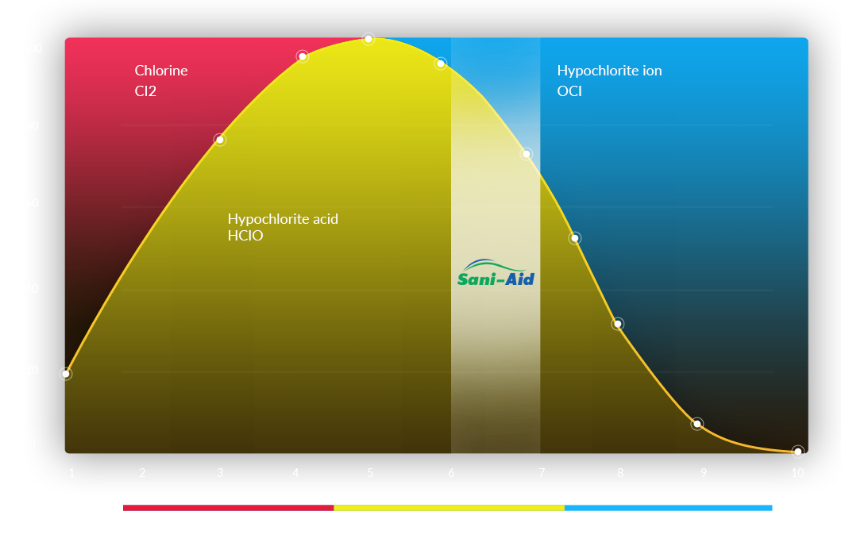
As you can see in the graph, Sani-Aid’s hypochlorous acid is situated exactly at the center of the spectrum. The dotted lines explain the effectiveness of the substance, and we can see here that the Sani-Aid is at the topmost level of the spectrum, to the point that it is not so acidic, yet powerful in killing germs.

The safety and effectiveness of Sani-Aid’s sterilizing and deodorizing power have already been certified and approved by notable institutions, not only in Japan but also in the United States.
Its strength and power against bacteria and infection has also been discussed in numerous research papers:
“Theory and Practice of Cleaning and Sterilizing Operation with Sodium Hypochlorite” by Satoshi Fukushima
“Influence of Dissociate State on Cleaning and Sterilization Operation of Hypochlorite Acid” by Satoshi Fukushima
“Possibility of Sanitation Management in an Animal Beauty Facility with using Slightly Acidic Hypochlorite Acid Aqueous Solution” by the Department of Animal Resources, Advanced Science Research Center, Okayama University National Institute of Health Sciences, Division of Biomedical Food Research.
